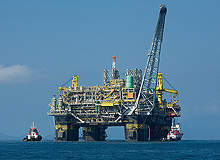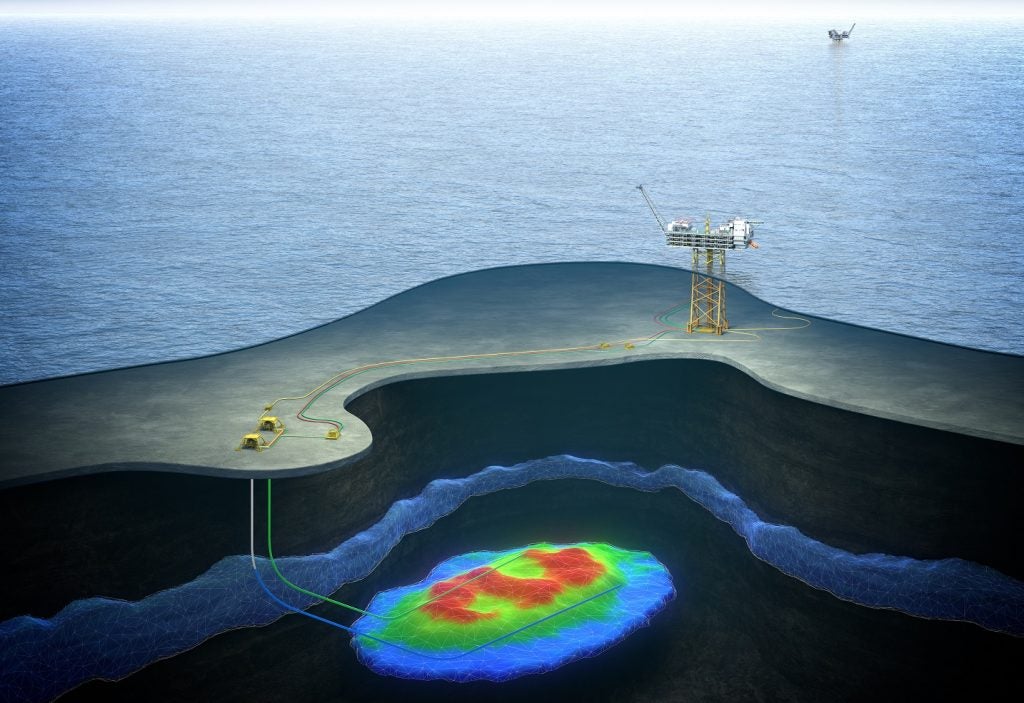
Pumps of many different varieties play a significant part in the offshore oil and gas industry, with a host of roles including seawater lift pumps, fire water pumps, crude oil export pumps and process pumps. The need to increase efficiency across the industry is driving innovation in the offshore pump sector, and the pump supply market has matured accordingly, with many suppliers offering pumps that have been specifically customised to withstand the rigours of offshore operations. Here we list some innovative pump products on the market today and shine a spotlight on the companies offering them.
Sealless magnetic drive pumps
Magnetic drive pumps are hardly new, having been pioneered more than 60 years ago. But continual refinement has brought a steady increase in achievable pressures, flow rates and operational temperature range. Modern magnetic drive pumps are able to reach flow rates of around 8,800 gallons per minute and pressure values of up to 2,600psi. They can also withstand temperatures between -100°C and 450°C. These benefits are added to the original selling point of magnetic drive pumps, the fact that they eliminate the danger of leaks or emissions. Sealless pumps can be particularly cost-effective over the long term, as they eliminate replaceable seals and cut down on maintenance.
Sealless magnetic drive pumps were selected when the Alma platform, located offshore Nova Scotia and part of the Sable Offshore Energy Project (SOEP), required booster pumps to increase suction. The pumps were provided from HMD Kontro’s GSP range, and have the added benefit of being able to accommodate solids up to 5%, and comply with the American Petroleum Institute’s API 685 and API 610 for offshore operation. Kontro’s GSP pumps were used again on the SOEP when the South Venture platform needed vent drum return pumps.
The digital oil field: pump control systems
As well as improvements to the output and operation of pumps themselves, great strides have been made in the sophisticated electronic control systems that can increase reliability and efficiency while minimising mechanical stress and downtime. A developing concept within the oil and gas industry is the digital oil field, the application of advanced technology to increase production in the face of a declining workforce and increasingly challenging projects.
One recent example of such systems is Schneider Electric’s new range of rod pump control systems, announced recently. The range includes three control schemes, the company asserting that the systems can increase the productivity of both mature and new pump wells.
See Also:
The three systems – the torque control rod pump solution, surface card control and down-hole card control – are designed for different applications but share a common benefit, using advanced software to gather data on a well pump and automatically adjust variables to maintain pump fill and keep production constant, even under fast-changing conditions.
How well do you really know your competitors?
Access the most comprehensive Company Profiles on the market, powered by GlobalData. Save hours of research. Gain competitive edge.

Thank you!
Your download email will arrive shortly
Not ready to buy yet? Download a free sample
We are confident about the unique quality of our Company Profiles. However, we want you to make the most beneficial decision for your business, so we offer a free sample that you can download by submitting the below form
By GlobalDataHamworthy’s new seawater lift and fire pumps
In an industry where regulatory bodies are more vigilant than ever before, more products are being offered specifically to comply with various offshore regulations to put the minds of offshore operators at ease.
In September 2010, UK-based marine equipment supplier Hamworthy released a range of combined seawater lift and fire pumps, with the company’s offshore sales director Lars Fischer making clear the importance of regulatory compliance as a selling point. “With our strong focus on the offshore industry, it has been our overall objective to develop a series of sea water lift and fire pumps that fulfil the requirements of API610 and NFPA-20 [standard for fire protection pumps], secure long Mean Time Between Repair (MTBR), and reliable and efficient operation,” he said.
Hamworthy’s new combined pumps can output 15% higher head per flow unit due to the company’s trimming of impellers, with a semi-radial design for a more stable performance curve at higher capacities.
By using moulded intermediate chambers instead of welded chambers, the pumps are 30% lighter than much of the competition. Although the pumps have been initially offered with a seawater lifting and firefighting focus, Fischer says that other applications for the pumps could be possible, including offshore CO2 pumping.
The Caledyne balance pump
The new balance pump, launched by Caledyne in August 2009, promises to extend the productive life of mature offshore gas wells. The pump is a hydraulically actuated reciprocating pump, used to remove water from gas wells (it can also be used for low volume oil production to replace rod pumps), in conjunction with the Torus safety valve, which makes the balance pump suitable for offshore use. The pump’s deliquification process minimises liquid loading, the water that collects at the bottom of wellbores, which gradually inhibits production. It is being offered as a more efficient alternative to foam injection, which is generally unsuitable for very mature reservoirs.
The balance pump is made up of two hydraulic lines, one filled with water and one filled with oil. Using the hydrostatic pressure differential between the two lines, water can be drawn up into its lower chamber.
Key benefits highlighted by Caledyne include the ability to be installed deeper than the majority of standard pumps, a sand screen to filter out larger particles from the pump’s intake, as well as corrosion-resistant steel construction to maintain a high run life, even in the face of high hydrogen sulphide and CO2 concentrations.




